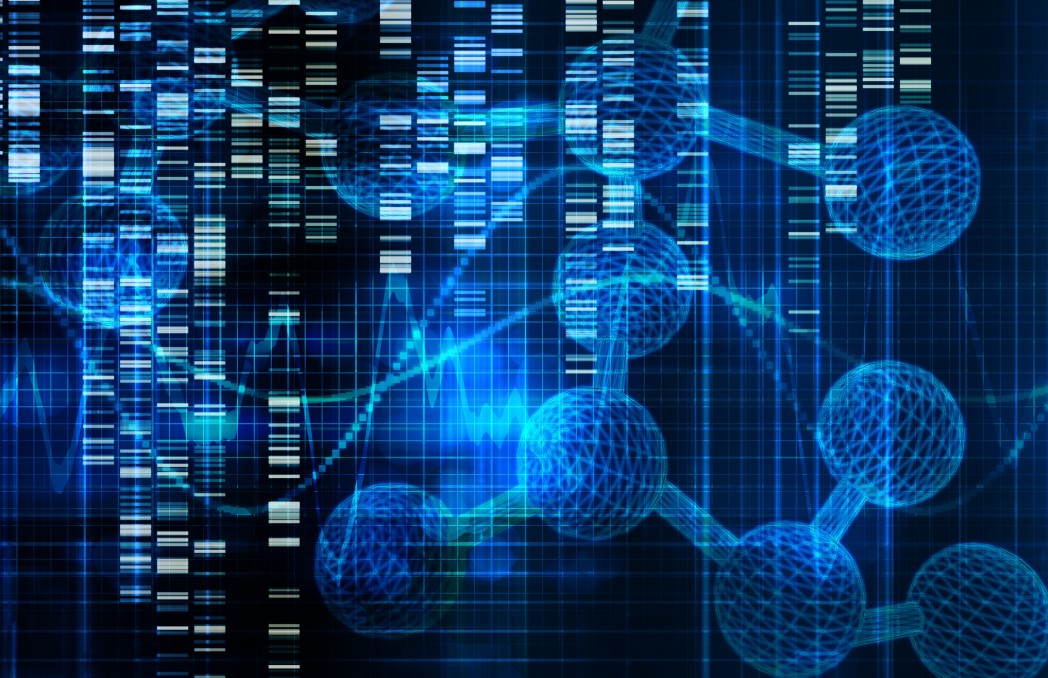Study Findings Reveal Key Genetic Piece of ALS And Dementia Puzzle

University of Toronto (UT) researchers have uncovered the main genetic cause of amyotrophic lateral sclerosis (ALS) and frontotemporal dementia (FTD), a discovery that will lead to the development of new efficacious treatments. The work entitled, “Isoform-specific antibodies reveal distinct subcellular localizations of C9orf72 in amyotrophic lateral sclerosis“, was published in the latest edition of The Annals of Neurology.
The study was conducted in the laboratory of neuroscientist Dr. Janice Robertson, PhD, Associate Professor, Faculty of Medicine’s Department of Laboratory Medicine and Pathobiology, Center for Research in Neurodegenerative Diseases, UT. Dr. Robertson’s research is focused on understanding the genetic complexities of ALS, specifically, the molecular mechanisms by which genes cause the disease.
In this study, Dr. Robertson and her team used novel antibodies they developed in the lab to map proteins from C9orf72, a key gene involved in the pathophysiology of the disease. The results from their experiments showed that a specific protein is involved in the transport of essential proteins in and out of a motor neuron cell’s nucleus (where control of cellular functions is dictated).
In a University press release Dr. Robertson explained, “Researchers knew that mutations in a specific gene caused 40 per cent of inherited cases of ALS, but there are few studies of the normal function of this gene. Other scientists have focused on how the gene’s mutation causes disease. We’ve developed the first antibodies to track what this gene does in both a normal and diseased cell.”
Dr. Robertson continued, “We saw that a protein from C9orf72 normally surrounds the nucleus of a motor neuron cell. But in ALS or FTD, this protein moves to the outer membrane of the cell. When this protein is misplaced, it can’t help other proteins move in and out of the cell’s nucleus and the cell dies.”
Dr. Robertson’s colleague and lead study author of the paper, Dr. Shangxi Xiao, added, “This pathway is easily targeted with drugs that already exist. If we can restore function to this pathway and make proteins go back to the nucleus, we could develop treatment options.”
For Dr. Robertson and her team the importance of this work is personal, for the study’s donor is an ALS patient, as she explains in a comment, “James Hunter is one of our financial supporters, and he’s completely paralyzed. He uses his eyes to communicate through a computer program, but now his eyes have almost stopped moving — this is ALS. We’d like to thank those involved in the James Hunter and Family ALS Initiative and the families who have donated tissues for research. Ultimately, our goal is to find a treatment for patients who desperately need more options.”






